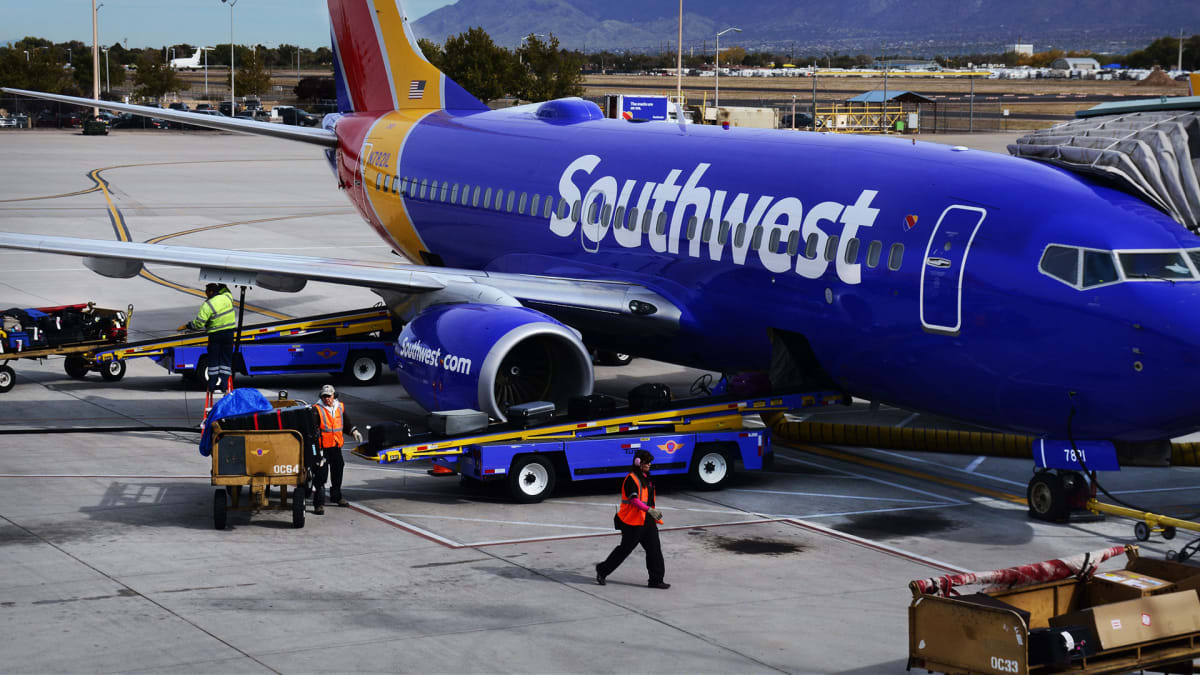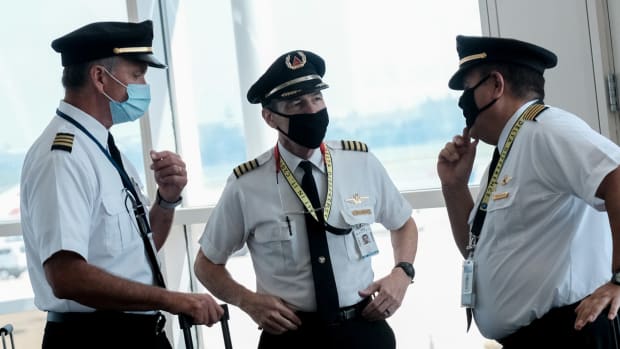
The aviation industry has a bit of a pilot problem at the moment.
During the pandemic, airlines were desperate to cut their costs and remain above water, but because many of them took federal aid, they were prevented from laying off or furloughing any employees. Instead, a number of pilots either retired or took buyouts. Delta (DAL) alone saw about 17,000 employees, or 20% of its workforce leave in this fashion.
Even before the pandemic, the demand for global travel was outpacing the pool of available pilots. But once the world started to slowly open back up when covid vaccines became available, airlines found themselves shorthanded, which led to waves of flight cancellations and delays. Making matters worse was the fact without having enough experienced pilots on hand, there weren’t enough people to train the next generation.
Management consulting firm Oliver Wyman estimates the industry is facing a deficit of about 8,000 pilots, or 11% of the total workforce, as reported by CNBC.
The Airline Industry Is Struggling To Find Enough Pilots
Some critics have accused executives of not wanting to spend the money to recruit pilots, but recently some airlines have been taking steps to find the needed talent.
Alaska Airlines and United Airlines have both opened flight training schools and are offering financial aid to help defray the cost, while American Airlines has in some cases raised pilot pay by 50%.
But the airline industry has also seemingly been trying to find ways around the shortage that trouble some critics, such as a push for legislation that would allow planes to only have one pilot, instead of two, a decision many experts call unsafe.
Southwest executives recently pushed back on the claim that they are having a pilot shortage, and now the company has announced plans to reduce the minimum amount of hours that aspiring pilots need to get hired.
Previously, Southwest required prospective pilots to have at least 1,000 hours of experience flying jets and other turbine-powered aircraft. But starting this month, the company is willing to accept 500 hours instead, according to a message sent to pilots.
"Our robust and rigorous flight operations training program has not changed, and all current and future first officer candidates must pass all elements of the curriculum prior to flying for Southwest," the airline said. "As this recruiting change is aligned with hiring at or above FAA requirements, we’ll continue selecting competitively-qualified, world-class aviators who demonstrate extensive flight experience, professionalism and Southwest’s values."

Michael A. McCoy/Getty
It Takes a Lot of Time To Get a Pilot’s License
Pilots have the lives of thousands of people in their hands every time they go to work, so of course it's a strenuous process to get hired.
Generally, pilots need a bachelor's degree and training from a Federal Aviation Administration-approved program to get a pilot’s license, which involves passing both a written and practical test.
The FAA requires 250 total hours for a commercial pilot certificate, but its website notes that “However, few, if any, airlines use that amount of flight time as their own minimum standard. They may require 1,000 or 2,000 hours or more. Also, market conditions (supply of pilots and demand for air travel) influence what minimum experience airlines require.”
A commercial pilot is someone who is allowed to fly a plane, usually a cargo or freight plane. An airline transport pilot is allowed to fly passengers, and they typically need 1,500 hours, which they often get from flying transport.
Additionally, the FAA notes that “different air carriers may consider some types of flight time more important than others. Some prefer more jet or turbine experience, while some may prefer more time in a particular type of aircraft. Many airlines also consider whether the applicant has a college degree.”
“Southwest’s requirement change doesn’t ditch the FAA-mandated 1,500 hours for pilots to get their Air Transport Pilot certificate," reported the Dallas Morning News, "but it does require time spent flying on a jet or turbo-prop plane. That essentially means new Southwest recruits will have had to fly for a regional airline, a cargo carrier or in some other professional capacity.”
It's unclear how the flying public will take the news, especially considering Southwest’s public image at the moment. But Southwest Airlines Pilot Association President Casey Murray told The Dallas Morning News that “Southwest said they are going to maintain the standards, but they need to train up all new pilots to meet the standards.”







